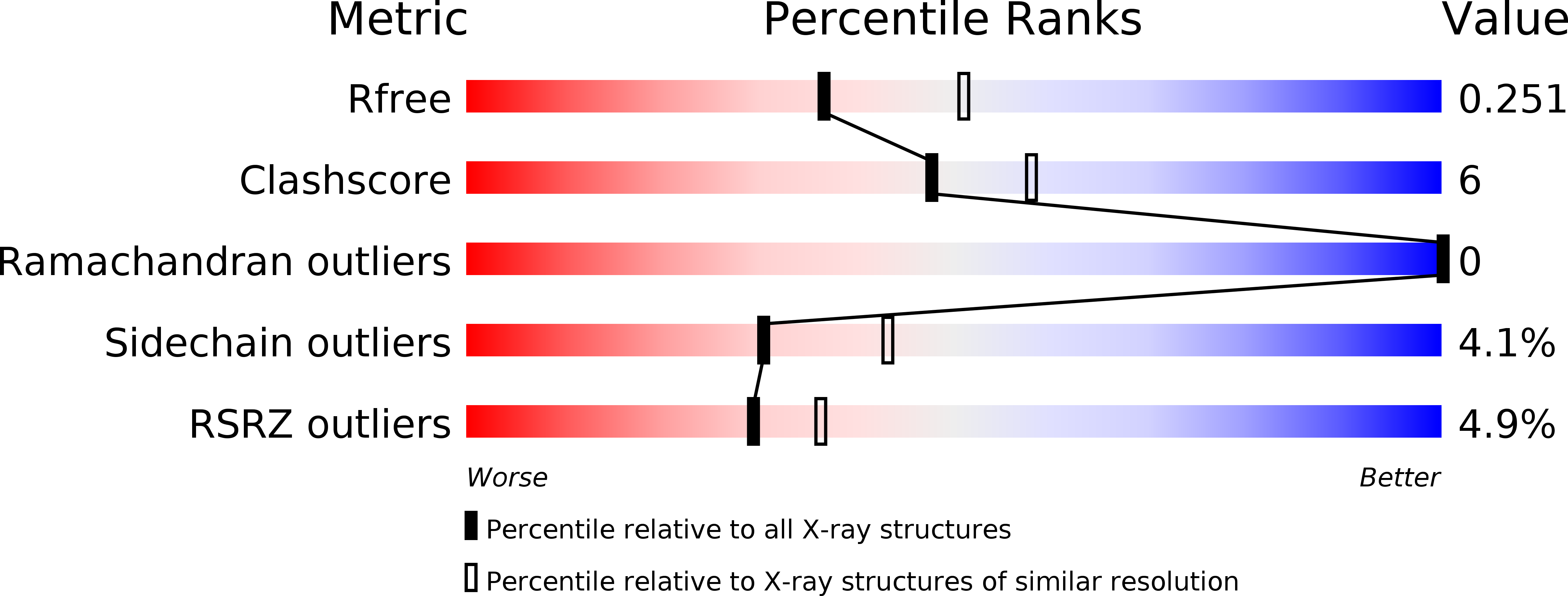
Deposition Date
2017-12-28
Release Date
2018-09-19
Last Version Date
2023-11-22
Entry Detail
PDB ID:
5Z21
Keywords:
Title:
The ternary structure of D-lactate dehydrogenase from Fusobacterium nucleatum with NADH and oxamate
Biological Source:
Source Organism:
Host Organism:
Method Details:
Experimental Method:
Resolution:
2.30 Å
R-Value Free:
0.25
R-Value Work:
0.22
R-Value Observed:
0.22
Space Group:
P 21 21 2


